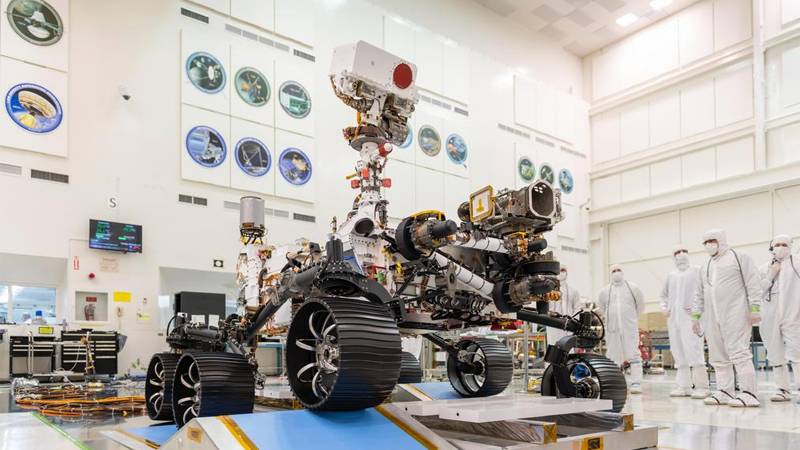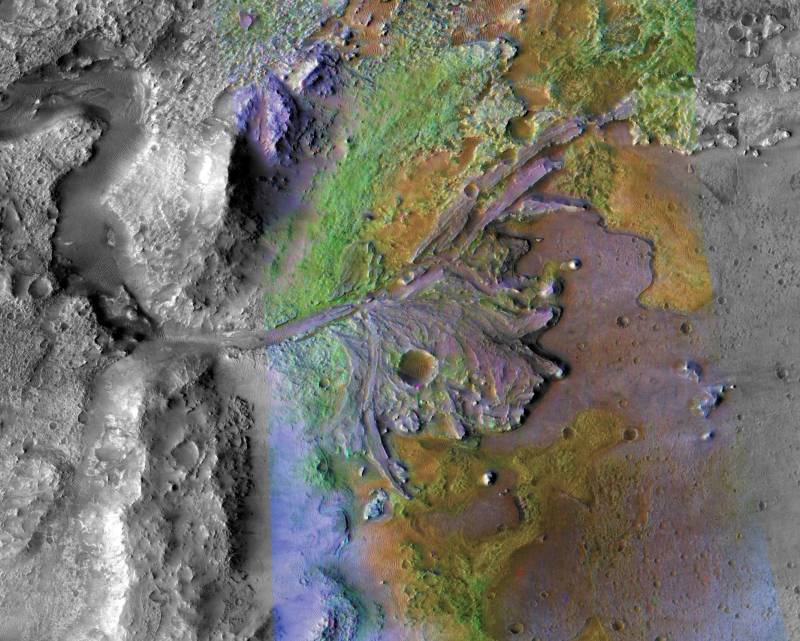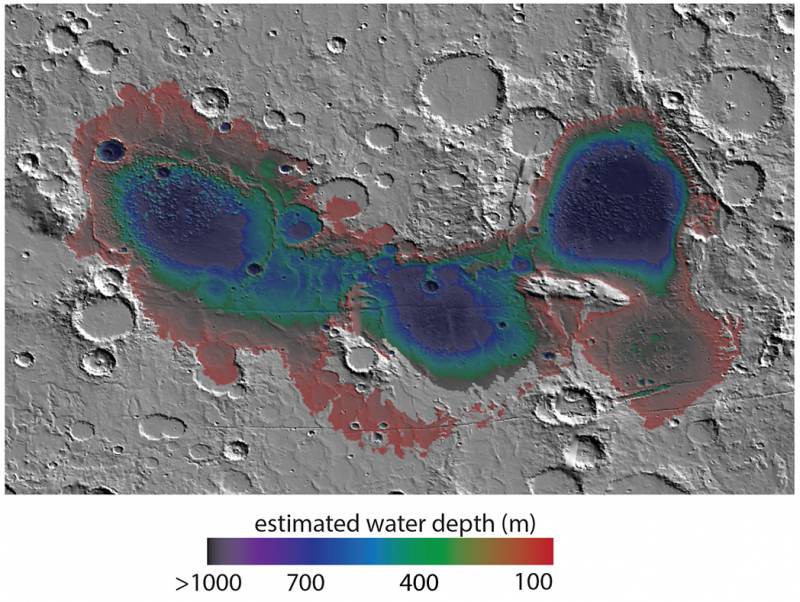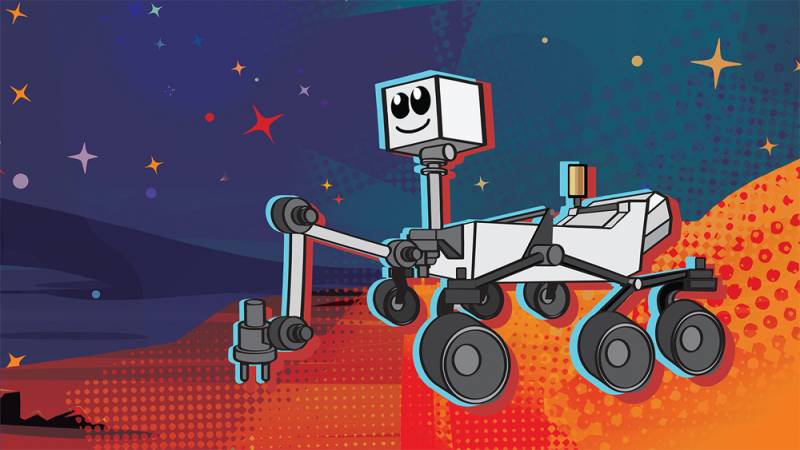What would you name NASA’s next Mars rover?
Vote Here for the Name of New Mars Rover. Polls Close Monday Night

Last year, the space agency posed this question to students in Kindergarten through 12th grade, along with a homework assignment: Write an essay to convince 4,700 contest judges that their name choice rises above all others.
Young people submitted more than 28,000 essays after the competition opened in August.
Now, the volunteer judges—professionals, teachers, and space science fanciers from all over the U.S. — have selected nine finalists for interplanetary naming privileges. They are:
Promise, Courage, Clarity, Tenacity, Ingenuity, Perseverance, Endurance, Fortitude and Vision.
The choices reflect public enthusiasm for Mars exploration. The children and teens used exceedingly positive words to describe the enterprise.
This month, NASA let the public consider the nine finalist names and essays, and even vote on their favorites. There’s not much time left – this link expires at midnight Monday, Jan. 27. The agency will consider the results in its final naming decision.
Robot With a Unique Mission
The Mars 2020 rover is scheduled for launch this July. If all goes well, it will land on Mars on Feb. 18, 2021. Bound for Jezero Crater, the car-sized, six-wheeled robot is built on the design of its predecessor, Curiosity. That rover still explores the water-lain sediments of Mount Sharp in Gale Crater.
Unlike Curiosity, whose mission is to investigate Mars’ climate and the role that water played in the past, Mars 2020 will look for signs of anything that might have lived in those ancient waters.

Surveys made from space by the Mars Reconnaissance Orbiter have revealed evidence that parts of Jezero Crater were once sunken beneath the waters of a lake, and fed with runoff and sediment from at least one river inlet.
Excellent Hunting Ground for Ancient Martians
No mission has searched for signs of Martian life since the 1977 Viking landers. They looked for present microbial activity in Mars’ soil and came up with inconclusive results.
But subsequent missions— notably the Spirit, Opportunity and Curiosity rovers, as well as orbital spacecraft — have revealed that in its early history Mars had a much more Earth-like environment: a thicker, warmer atmosphere, rain and rivers feeding deep lakes, and even wide shallow seas.

So, in the search for life beyond Earth, looking to Mars’ past may have a greater chance of payoff than hoping to find something surviving today in Mars’ cold, dry deserts.
How NASA Names Its Spacecraft
NASA doesn’t usually name its space-faring missions through contests.
Many mission names are acronyms, like the Mercury spacecraft MESSENGER (MErcury Surface, Space ENvironment, GEochemistry, and Ranging). This embodies a description of the scientific mission and offers a historical nod to the Roman messenger god for which the planet Mercury is named.
A single person, Dr. Abe Silverstein, is responsible for the naming of Project Apollo in 1960. While reading a book of mythology at home, NASA’s director of space flight programs decided that the Greek sun god Apollo blazing across the sky in his fiery chariot was an image that matched the grandeur of a mission to send people to the moon.
Only Mars landing missions — and of those, only rovers — have gotten their names through student essay contests. Sojourner, which launched in 1996, was the first. Even the little rover’s parent lander, Pathfinder, bore only the official name of the mission.

Why do only rovers get personal names? Maybe because we give them wheels to scurry around on, and twin-camera “eyes” mounted on neck-like masts, and arms that dig into the Martian soil looking for cool things buried there. Robotic rovers just seem more “alive,” like us, and deserving of a personality.
Students, all girls 12 years old and younger, gave Sojourner, Spirit , Opportunity and Curiosity their names.
With the naming of Mars 2020, will pre-teen girls hold onto their unbroken record, or will a teenager or boy break into this hall of fame?
Find out in early March, when NASA plans to make the announcement.
